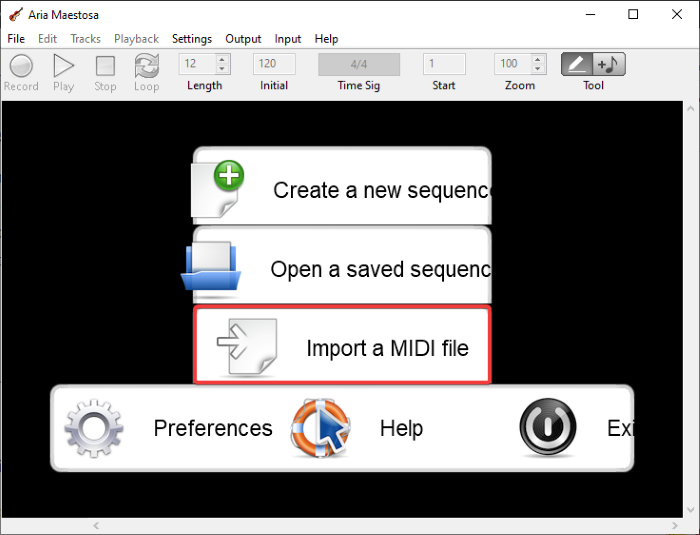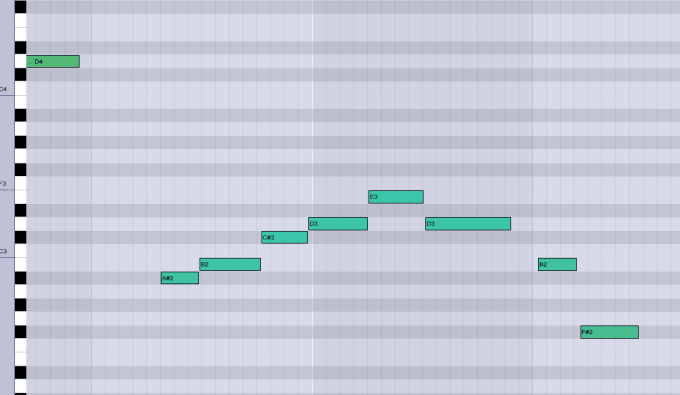


I just want to hear it as a flute or sax. I just want to enter a simple single note line, to indicate octaves, or a scale and that's it. I have just spent an hour struggling with BIAB and I'm beginning to think that my plan is too simple for BIAB to deal with. You’ll need to install a license in order to use this cue.Thanks again for your help. A license is required to reactivate this saved cue. Invalid MIDI File.Įither the file is missing or damaged, or it’s not a valid MIDI file. You may also need to visit the MIDI File section of Settings and connect a MIDI device to the desired patch. MIDI File cues can become broken for the following reasons: Invalid MIDI destination.Ĭhoose a MIDI destination in the Settings tab of the inspector. MIDI File cue timings are based on the computer’s internal clock, and are not clocked to any audio or video devices. A rate of 0.5, for example, will result in half-speed playback. This field is a multiplier for all tempi in the MIDI file. It can also be an IAC bus, which allows MIDI events to loop back into QLab and trigger other cues, or to route to another application running on the same computer. This can be a physical port connected to a tone generator, lighting board, or other gear, or a software MIDI destination such as ipMIDI.

The MIDI File cue supports any number of tracks, and events can occur on any MIDI channel (1-16), but all messages in the file are sent to a single MIDI port. You can edit this list in MIDI File Settings. This drop-down menu shows the eight MIDI patches, or destinations, to which QLab can send MIDI messages. The Basics and Triggers tabs are the same for all cue types, and you can learn more about them from the page on the Inspector in the General section of this documentation. When a MIDI File cue is selected, three tabs will appear in the Inspector: Type 2 files (an uncommon multiple-sequence format) are not supported. The MIDI File cue supports both Type 0 (single-track) and Type 1 (multitrack) standard MIDI files. This can be useful when synchronizing MIDI-triggered events with a piece of music, for example. While QLab does not have a native concept of tempo and meter maps, MIDI File cues provide a way to create individual timelines on which events occur with tempo- and meter-based timings. MIDI File cues allow you to play a MIDI file, containing a sequence of MIDI events, to a single MIDI output.


 0 kommentar(er)
0 kommentar(er)
